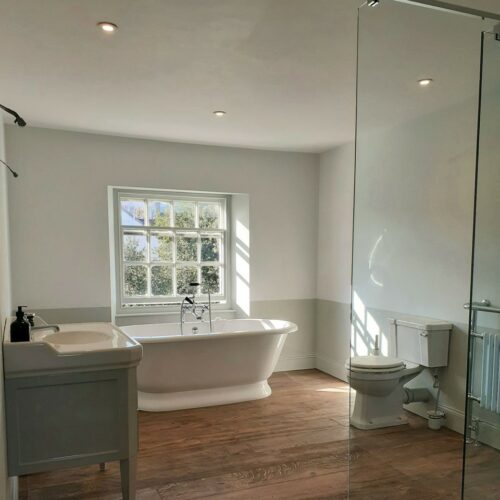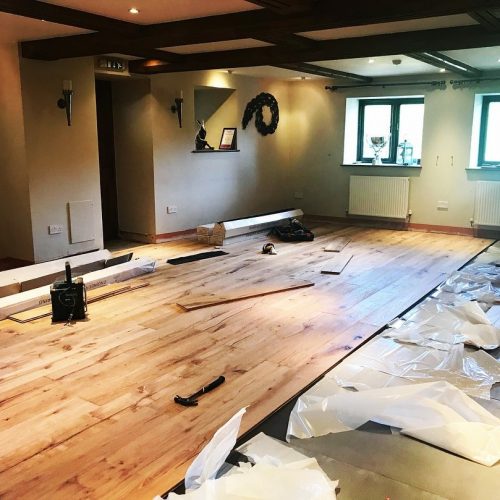matching wooden flooring
introduction
Whether you’ve just recently moved into your new home and some old flooring needs replacing, or you’ve lived in the same house for years and just want to add more hardwood in with the current wood floor as part of your renovating project, it certainly is a challenging task matching new wooden flooring with existing floor.
To achieve an appearance that matches / compliments your beloved existing wooden floor, we will share with you some useful thoughts and hints in the hope of helping you choose the closest match to your existing wooden floor.

the main factors to consider
matching in new wooden floor with existing flooring
Colour – The colour of the floor will depend on its age, its timber and what the timber was treated with.
Grade – This is how many knots and natural features can be found in the timber. For example rustic grade will have more knots and character whereas Prime grade will have very few knots and far less character.
Dimensions – This is the width, length and thickness of the boards. Often people take into account the width and overlook the length when choosing their floor. A random length floor will look noticeably different to a floor made up of long lengths.
T&G Profile – This stands for tongue and groove which is the profile that slots each board together. If the new floor has to join with the old then it makes the job simpler if the T&G’s are compatible.
Appearance of finish – As well as colour the type of finish is also important. For example lacquered boards can often look a little more shiny and artificial whereas oiled finishes look more traditional. You can also get textured finishes such as brushed, hand scraped, bandsawn etc. so again this needs considering when matching in to an existing floor.
Try and match or go noticeably different?
So with all this in mind you have to understand that it will never be easy to 100% match a new floor with an existing floor, especially considering that the colour of wood tends to change as years go by. It’s also worth considering whether it’s best to try and get as close as possible to the existing floor or whether you actually decide to go for something noticeably different. Every property has its differences and it comes down to the tastes and requirements of the individual however some consider it looks better if you go for something noticeably different than looking as though you’ve ‘aimed and missed’.
Use thresholds to make your life easier
When it comes to fitting, if you can, avoid slotting the old boards into the new. One way you can split the two areas/rooms up is by using a threshold strip as it can help disguise thickness differences between the two floors and also means the T&G doesn’t have to match.
Untreated is strongly recommended
When you consider that you will always get colour variation from one board to the next and therefore from one sample to the next, using small samples to determine the overall colour and appearance of a board can be difficult. For this reason going for an untreated board can be advantageous as it can take pressure off having to find the same finish and colour. It allows you to pick a board based on its grade, dimensions and quality whilst giving you the ability to treat on site with a colour/finish of your choice to try and match in with the old.
Consider sanding back your existing flooring
If your existing floor has seen better days and is looking a little worse for wear we suggest that you consider sanding back the existing floor and treat it with the same treatment that you do your new. Not only will this remove all scratches and marks in the existing floor but it will also mean that you can re-finish your existing floor in exactly the same way you do your new floor keeping the finish more consistent throughout your home.
Filler – one of the finer details
Finally, try and take note of what type of filler was used in your existing floor. Especially if you purchase a rustic grade as you are likely to have filler that is easily visible. It’s worth thinking about what the filler looks like in your existing board to make sure it’s not vastly different from what you intend to order.
We are a family business and if you are matching in with an existing floor then give us a call to discuss. One of our team will deal with you personally and most likely will ask you to send us some photos so we can give you our best advice.

